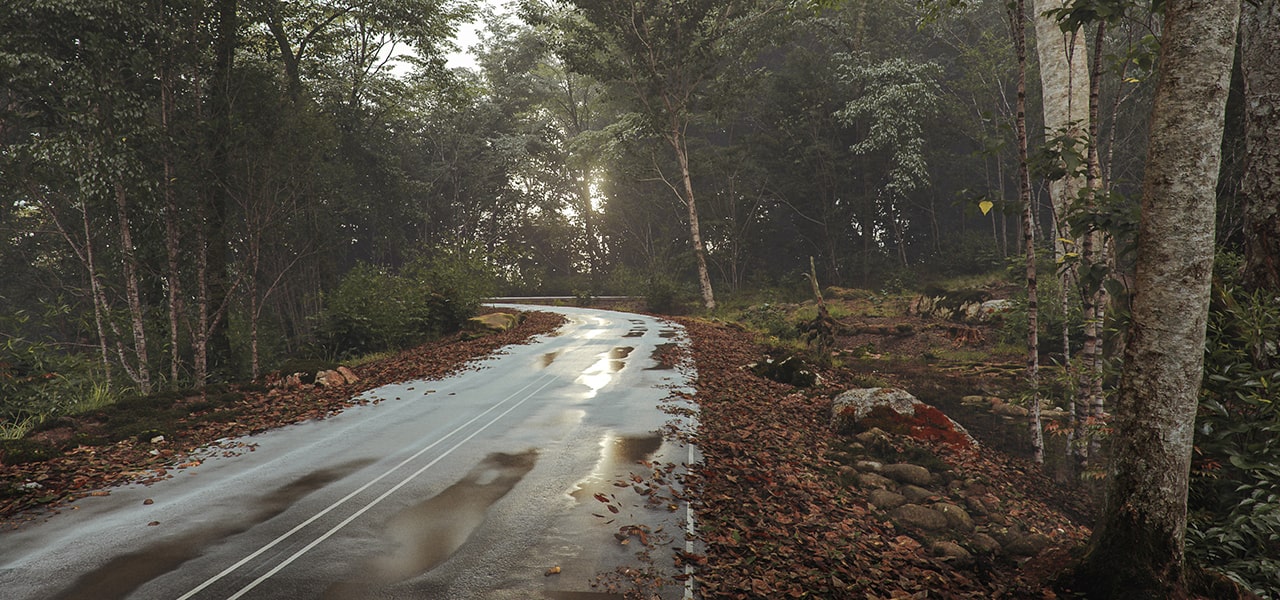Procedural edge blending for smooth material transitions
- Home
- Products
- Free Plugins
- Color Edge
Reyaz Alankandy

Michael ArchViz
Overview
ColorEdge is a procedural texture map for 3ds Max that allows you to create a two color gradient along any visible edge of an object.
Using the Editable Mesh object's Surface Property tools you can precisely control the placement of gradients and even add noise effects. This technique is particularly useful for blending between maps and materials, for example to create a transition between a road or path mesh that is placed above a terrain. The generated gradient includes separate controls for offset, width, ramp up and ramp down making it suitable for many different creative effects.
Get our Free Plugin for 3ds Max
Make your tasks easier with our Free Plugins
License
Free
What's included?
- Completely free of charge
- Can be used commercially
- Never expires
Features
A quick look at what the plugin can do
- Create a two color gradient on a surface's visible edges.
- Fully procedural.
- Easily define an edge's visibility using 3ds Max's built-in Edit Mesh tools.
- Define sizes for the gradients ramp up and ramp down distance.
- Define an offset distance from a visible edge.
- Add procedural noise to the gradient.
- Compatible with 3ds Max (check compatibility information here).